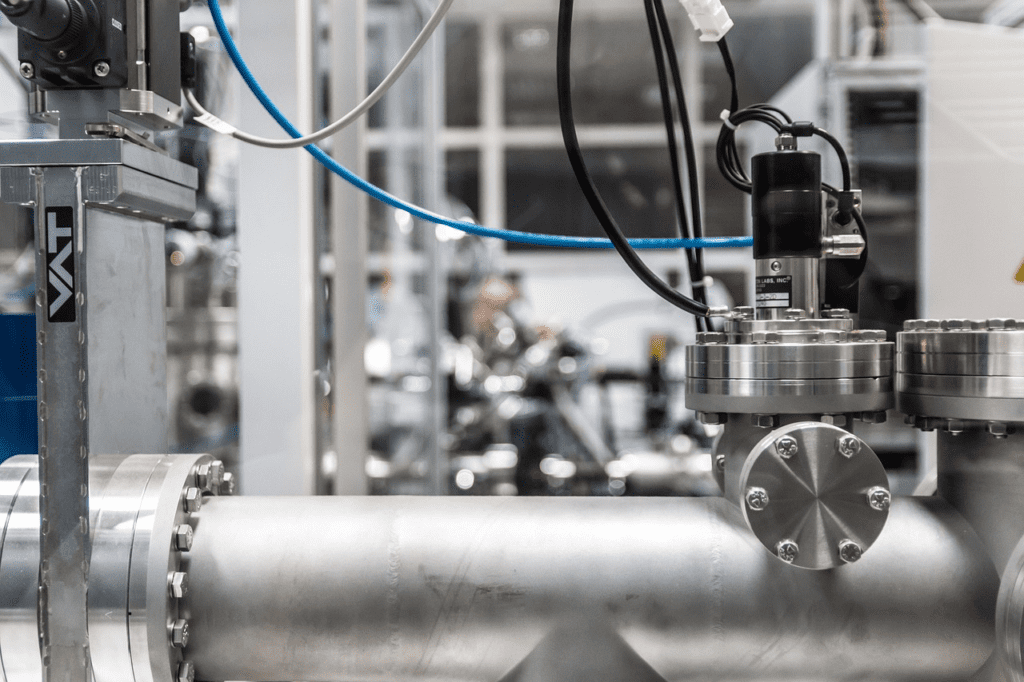
Unlocking the Power of PID Regulators
How to use a PID Regulator? PID (Proportional-Integral-Derivative) controllers are essential tools in automation and control systems. These controllers are crucial in maintaining stability and accuracy in various processes. In this guide, we’ll explore how to find the values for a PID regulator, ensuring optimal performance for your system. If you should be interested in the protocols often used in the factories with PID look here.
Understanding PID Control
Before delving into parameter tuning, it’s crucial to grasp the basics of PID control:
- Proportional (P): Responds to the current error signal, providing an immediate reaction.
- Integral (I): Accumulates past error values, addressing any lingering discrepancies over time.
- Derivative (D): Predicts future trends by analyzing the rate of change in the error signal.
Step 1: Initial Setup
Begin by setting all PID values to zero. This creates a baseline that allows you to observe the system’s response in its raw state.
Kp = 0 Ki = 0 Kd = 0
Step 2: Proportional (P) Tuning
Start by increasing the proportional gain (Kp) until the system exhibits a steady oscillation. Be cautious not to set it too high, as this can lead to instability.
Kp = 0.1
Observe the system’s response and adjust Kp accordingly. Fine-tune until you find a balance between responsiveness and stability.
Step 3: Integral (I) Tuning
Introduce the integral term by increasing Ki to reduce any steady-state error. A steady-state error is a constant discrepancy between the desired and actual values.
Ki = 0.01
Gradually increase Ki while monitoring the system’s response. Be mindful of overshooting and adjust accordingly.
Step 4: Derivative (D) Tuning
To enhance stability and reduce overshooting, introduce the derivative term. Start with a small value for Kd.
Kd = 0.001
Observe the system’s response to changes and fine-tune Kd to achieve the desired damping effect without introducing excessive oscillations.
Step 5: Iterative Refinement
Finding the optimal PID values often involves an iterative process. Make small adjustments to each parameter while observing the system’s behavior. Utilize trial and error until you achieve the desired performance.
Conclusion
PID tuning is both an art and a science. By understanding the principles behind each component and following a systematic tuning process, you can unlock the full potential of PID controllers. Remember, each system is unique, so patience and persistence are key.
Implementing PID control can significantly enhance the efficiency and stability of your system. By following these steps and refining the parameters over time, you’ll be on your way to achieving optimal performance.
Feel free to experiment with different values and monitor the results closely. Happy tuning!

